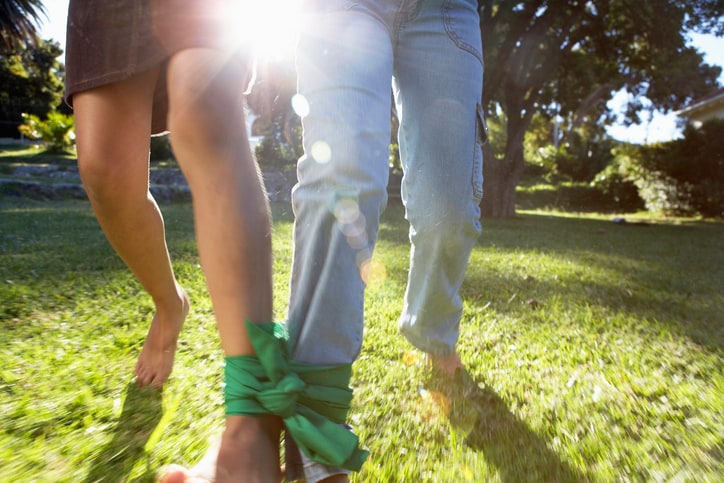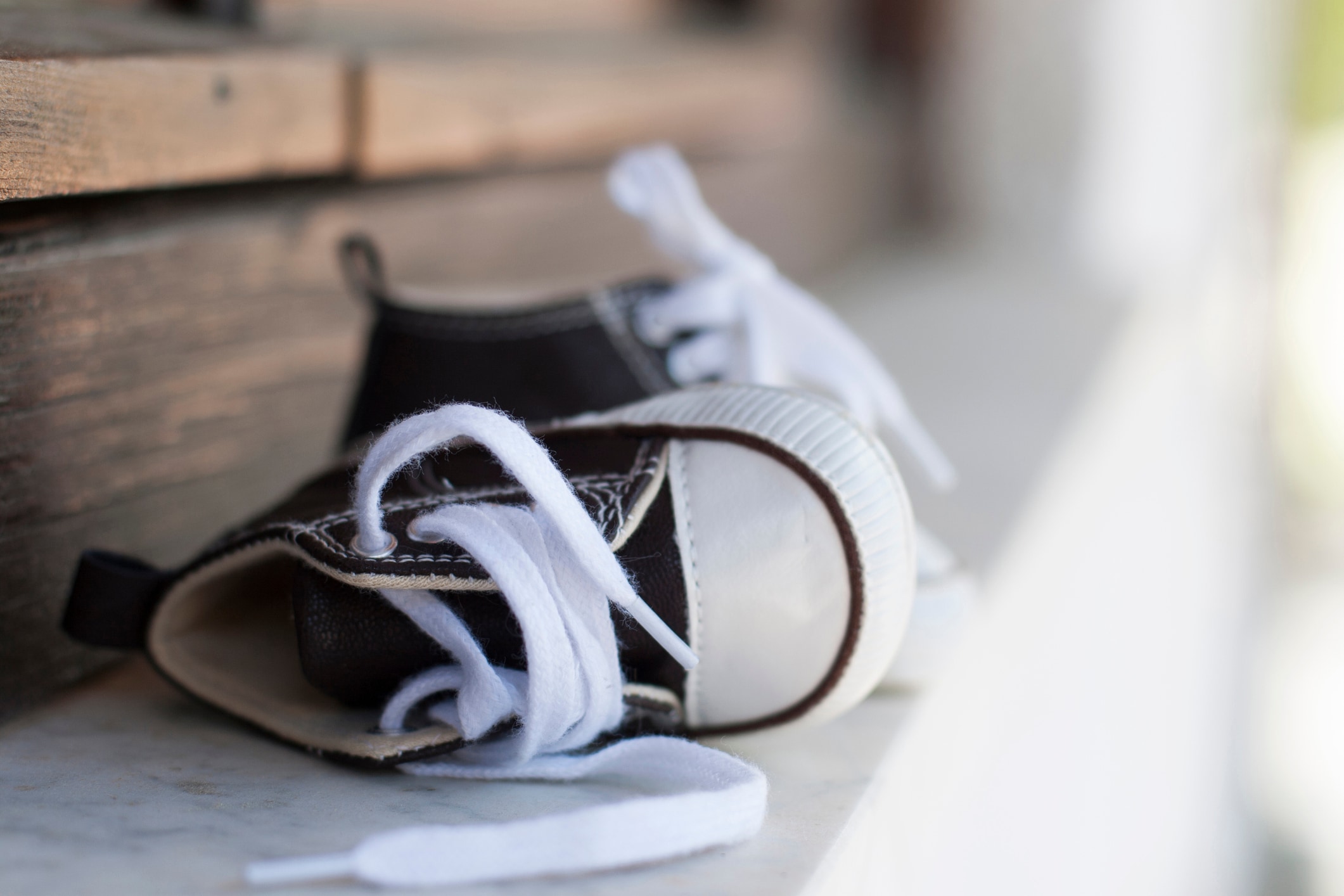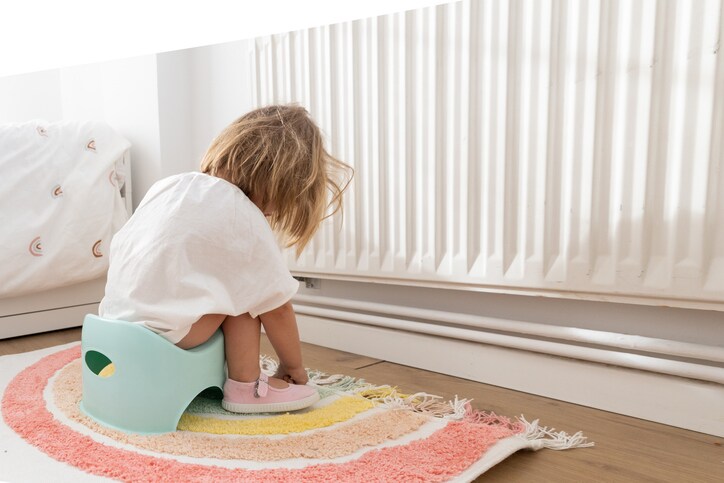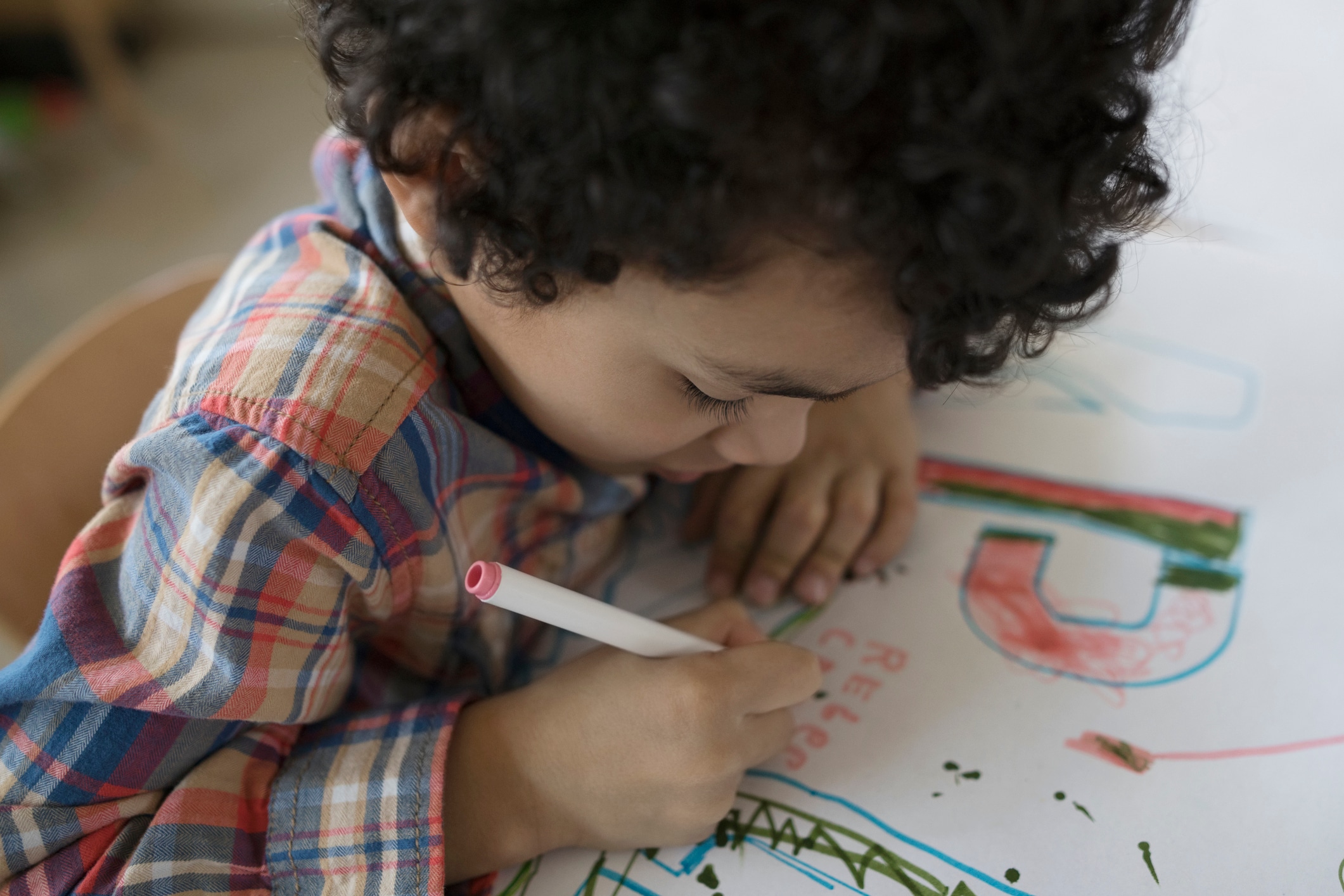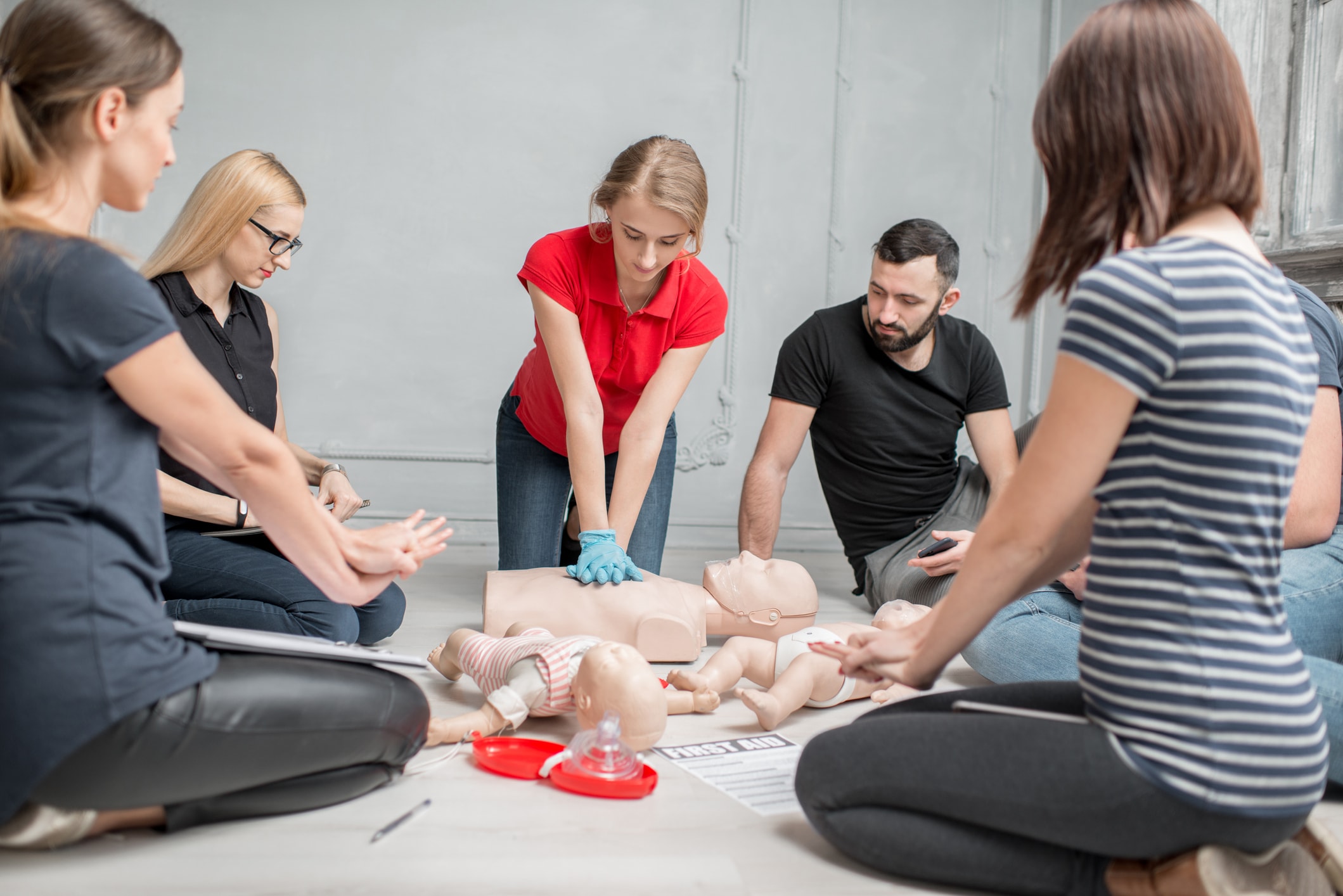In this article
Looking for some fun kids games to spice up a family reunion, birthday party or backyard barbecue? A three-legged race is a great outdoor activity that is just as much fun to watch as it is to participate in. A three-legged race provides a unique combination of physical activity and teamwork, and it’s a fun activity to teach kids cooperation.
“This activity requires teamwork, communication and problem-solving. We use this fun game when the kids are having a hard time getting along,” says Jillian Riley, mom of two, writer and blogger at Confidence Meets Parenting. “It forces them to work together in a really silly way. By the end, they are laughing and joking with each other and without even realizing it, their mood toward each other has totally flipped — make sure to point out how well they work as a team!”
Here are the rules, what to use for the three-legged race and how to get kids started on the traditional game or one of the many wacky variations.
General rules for 3-legged race:
- Form teams of two: Players pair up and stand side by side.
- Tie the team’s middle legs together: Use a soft cloth, bandanna, or Velcro strap to tie one person’s right leg to the other’s left leg (or vice versa), creating a shared “third leg.”
- Line up at the starting line: All teams start behind a designated line.
- On “Go,” race to the finish: Teams must run (or walk) together toward the finish line (figuring out the fastest way is half the fun!).
- No pushing or pulling: Teams must work cooperatively — no dragging your partner!
- First team across the finish line (or fastest team, if timing team by team with a stopwatch) wins: The team that crosses the finish line first with all three legs (both untied legs and the tied middle leg) still in contact wins.
The traditional 3-legged race game
1. Play the original way
Equipment: Bandanna, tube sock or other piece of soft fabric (for DIY; you can also purchase three-legged bands or ties) to tie legs together, stopwatch
Where to buy: 3-Legged Race Bands ($12 for 10-pack, Amazon)
How to play: Have two partners stand shoulder to shoulder and gently tie their inside legs together. Designate a starting line and a finish line and see how quickly the teams can move from point A to B! If you have a large, open space, all the teams can run at the same time. In a smaller space, they can run one at a time while keeping track of time with a stopwatch. Make sure the wrap is tied tightly enough to keep them close together, but not so tight to restrict movement or hurt their ankles.
Variations on the traditional three-legged race
2. Go blindfolded
Equipment: Blindfold, bandanna
How to play: To make the race more challenging, add blindfolds to both partners and have bystanders give them directions from one side of the yard to the other. Or make it a trust exercise by giving only one partner a blindfold so the pair has to rely on the sighted partner to give them directions. Be sure to switch the blindfold so both partners get to try it.
3. Run an obstacle course
Equipment: Household objects, pool noodles, hula hoops, cones, jump ropes, bandanna
How to play: Make a simple obstacle course to run as a three-legged pair. Even hopping over a pool noodle, crawling on hands and knees under a broomstick or turning sideways to fit between two trees is challenging when you are tied together!
Walk backwards
Equipment: Bandanna
How to play: Walk the entire race backward as a fun, giggle-worthy variation on this already tricky task!
4. Carry a balloon
Equipment: Inflated balloon, bandanna
How to play: Blow up a balloon and have each three-legged pair hold the balloon gently between their sides as they move from the starting line to the finish line. If they use their hands or drop or pop the balloon, they have to return to the starting line and start again.
5. Flip directions
Equipment: Bandanna
How to play: Have one partner face forward and one partner facing backwards before tying the legs together, race to one end of the yard and back so both partners have the chance to run forwards and backwards.
Fun interactive play for kids and grown-ups alike
While getting the kids playing is great, don’t forget to get involved in the fun yourself.
“Anytime a parent does something with their child it’s good — it’s interaction,” explains Marcy Guddemi, who holds a doctorate in early childhood education and is the former executive director of the Gesell Program in Early Childhood. “When practicing the three-legged walk, be sure to let the child come up with the solution, not the parent. Say something like, ‘Let’s pretend we are a three-legged horse. How do you think we would walk?’ and try their idea — even if it may not work. Kids need time to explore an event and take some risks — children don’t often get a chance to make mistakes.”
Even coming up with the simple solution of saying, “inside … outside” while walking is a great exercise in problem-solving for kiddos.
Once the kids have mastered these three-legged race ideas, see what other variations you can come with. Kids of all ages are sure to be game for trying out all sorts of ideas!
